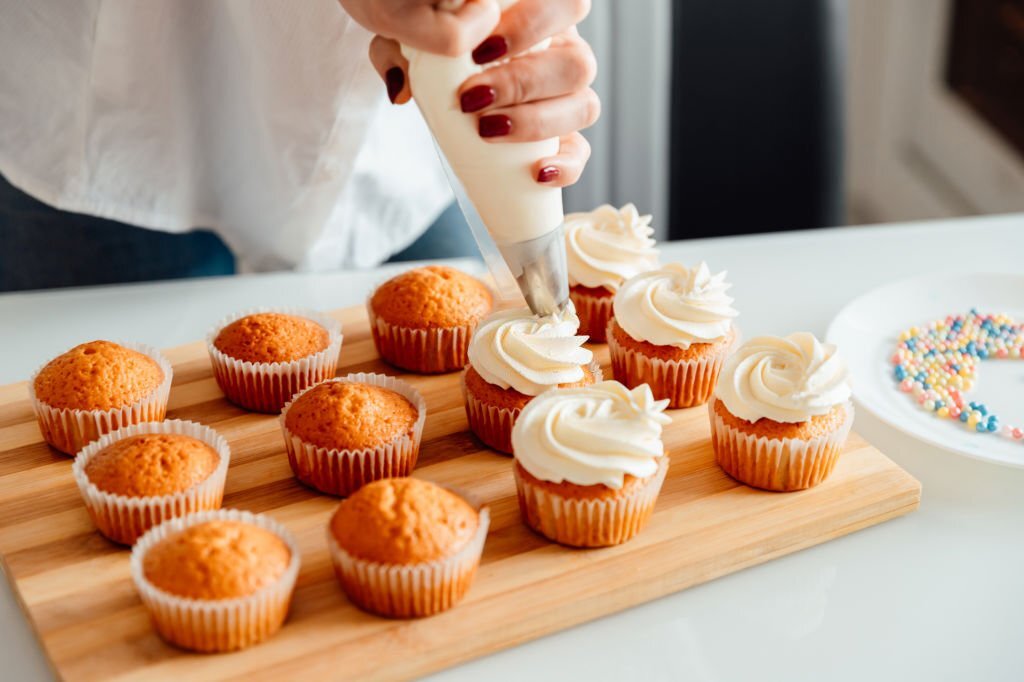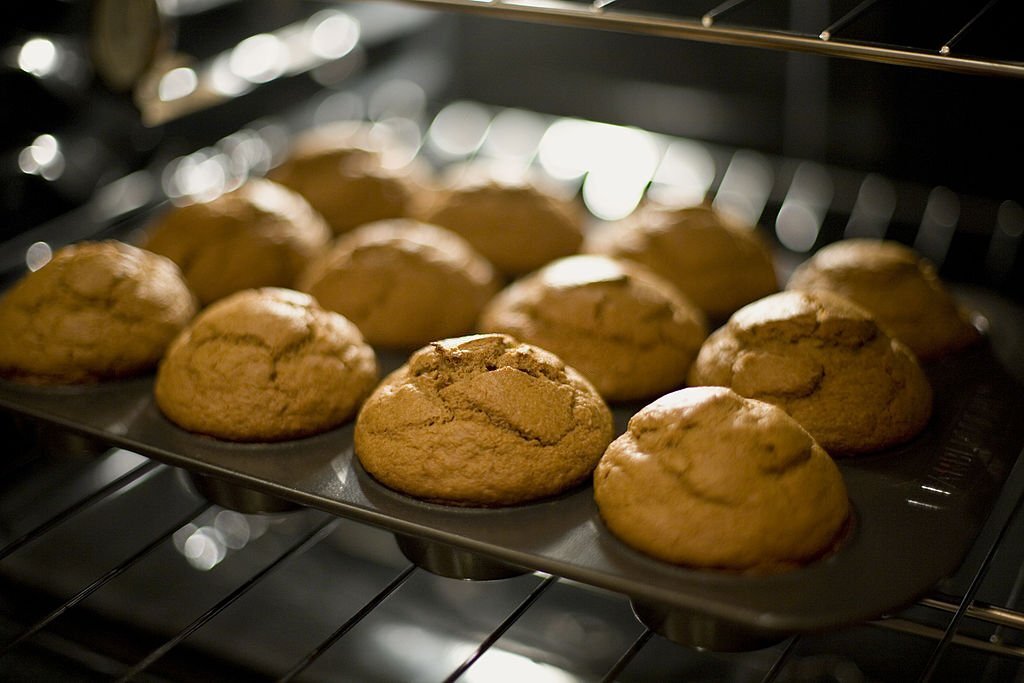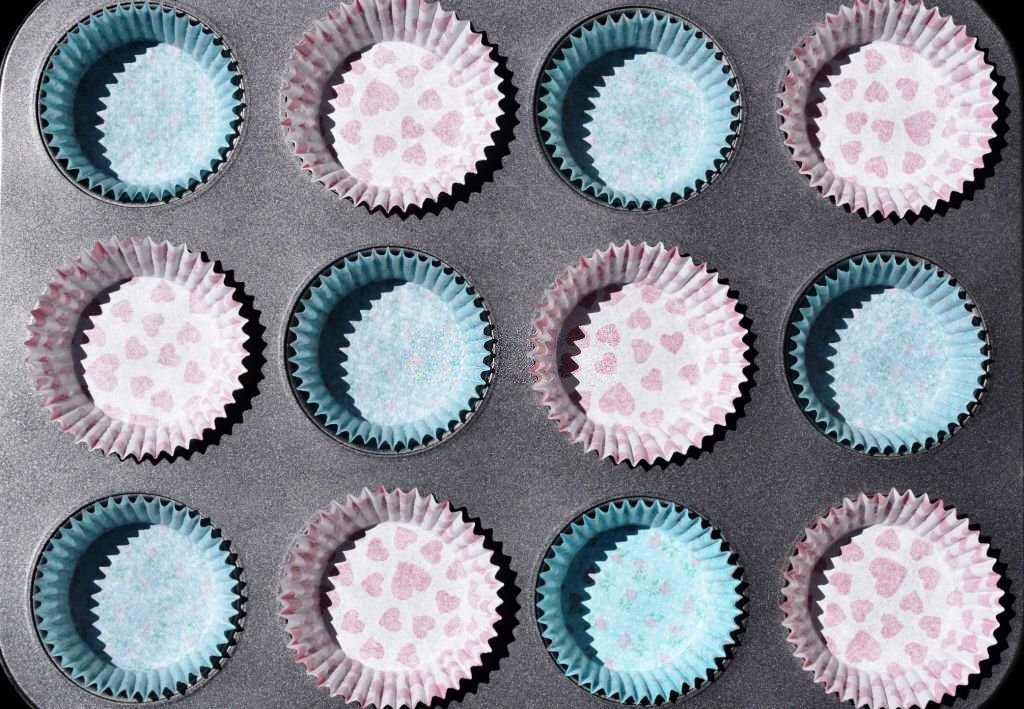It might be really challenging to bake cupcakes flawlessly. Cracked tops are among the most common complications that bakers encounter.
Your cupcakes may occasionally crack even though you diligently followed every step of the recipe. But why do cupcake tops actually break?
The most frequent reason for cracked cupcakes is an overheated oven; this causes the cupcakes to rise too quickly and, as a result, crack on top. They will rise even more quickly if you use too much baking powder.
If you want to learn why your cupcakes are breaking and how to stop them from doing so, keep reading!
Why Do Cupcakes Crack On Top
Sometimes minor issues in baking might result in tremendous complications and big issues.
Cracked cupcakes are not the end of the world, but if your goal was to bake the flawlessly smooth and uniform cupcake, you won’t want to end up with it.
And avoiding this issue is much simpler if you are aware of the causes.
Following is a list of the most frequent causes of cupcake cracking during baking
Overheated oven
The temperature of the oven is essential for creating the best cupcakes. The cupcake’s top will bake considerably more quickly than the interior if the oven is too hot.
The crust will form earlier than it ought to and continue to bake the cupcake more quickly.
This may result in a dry surface area and cracked tops.
The simplest option is to slightly lower the oven’s temperature to avoid the outside layer from cooking too quickly.
But what if, despite properly following the recipe, your cupcakes still have cracks on the top when they are taken out of the oven?
Ovens are not all made equal! The truth is that some oven models will heat up more quickly or more slowly than others.
Simply reduce the temperature a little the next time you’re baking cupcakes if your oven gets hotter than the setting.
In this case, a high-quality oven thermometer might be really useful!
You can be sure that the cupcakes are baking at the proper temperature because this equipment will let you get a more precise reading of your oven’s temperature.
You over-used baking powder.
Naturally, your batter will rise too much and too soon if your cupcake mix contains too much raising agent.
This frequently results in significant cracks, especially when combined with an oven temperature that is excessively high.
Additionally, the batter could overflow and result in cupcakes that are irregularly formed.
In order to produce cupcakes with smooth and level tops, experiment with varying the amount of baking powder in your batter
Use of the incorrect baking pan.
Despite the fact that most cupcake and muffin pans resemble one another, there might be little but significant changes between them!
The size of the cupcake tins is without a doubt the biggest. Use the particular cupcake tin size specified in the recipe at all times.
Uneven cooking and cracked tops may result from using a pan that is too large or too tiny.
Try to discover a recipe that corresponds to the cupcake pans you have at home because baking recipes are typically scaled for certain baking pan sizes.
The recipe can also be scaled down to fit your baking pan.
The location of the cupcakes is incorrect.
Even when the temperature is right, cupcakes can occasionally still crack. This can be the result of the cupcakes not being put properly in your oven.
Although it may sound unusual, an oven’s heating distribution is frequently utterly uneven.
You ought to bake different types of baked items in various regions of the oven.
Incorrect placement of your cupcakes could result in uneven baking.
The tops will most likely break or possibly burn if you place them too high.
They risk having their tops undercooked and their bottoms burned if they are set too low.
The center of the oven is typically the best location for your cupcakes so that they bake evenly and each component receives the same amount of heat.
What Temperature Is Best for Baking Cupcakes?
The ideal baking range for cupcakes is between 325F and 375F. However, generally speaking, that is the temperature range you’re looking at. It is best to adhere to the temperature that your specific recipe specifies.
Now, it’s recommended to bake cupcakes at roughly 325F if you want them to have a flat top.
For the best shape, flat cupcakes should be baked slowly and low. Do not undercook them, though!
Start baking dome-shaped cupcakes at 350 degrees Fahrenheit.
Increase the oven temperature to roughly 375F if your cupcakes aren’t rising as much as they should or aren’t baking all the way through.
It’s advisable to avoid going above 375F. Also watch your cupcakes and the timer, because they can burn quickly near the end.
Can Cupcakes with Cracked Tops Still Be Used?
Cracked cupcakes are okay to consume as long as they are fully baked. They won’t be inedible, even if the tops are a little bit dry.
Additionally, although while cupcakes with cracked tops may not be as attractive, they will still be delicious!
A cracked top on a cupcake is a good thing because it makes the error simple to cover up.
No one will ever notice the cracks underneath if you simply cover them with an extra thick coating of icing and some additional decorations.
After all, you’ll probably add those toppings anyhow.
And who actually examines the cupcake’s top before eating it? Yes, that’s right—nobody!
Therefore, if you wind up with those cracked cupcake toppers, don’t panic! This is really a minor problem in the grand scheme of things that can go wrong in the kitchen.
Conclusion about Why Do Cupcakes Crack On Top
In conclusion,The cake’s exterior cooks considerably more quickly than its interior in an overheated oven. Early on, a crust develops, but as the cake continues to cook and rise, a crack crust appears. The similar issue could arise if the cake recipe calls for too much baking powder or if you used a pan that is too tiny.





